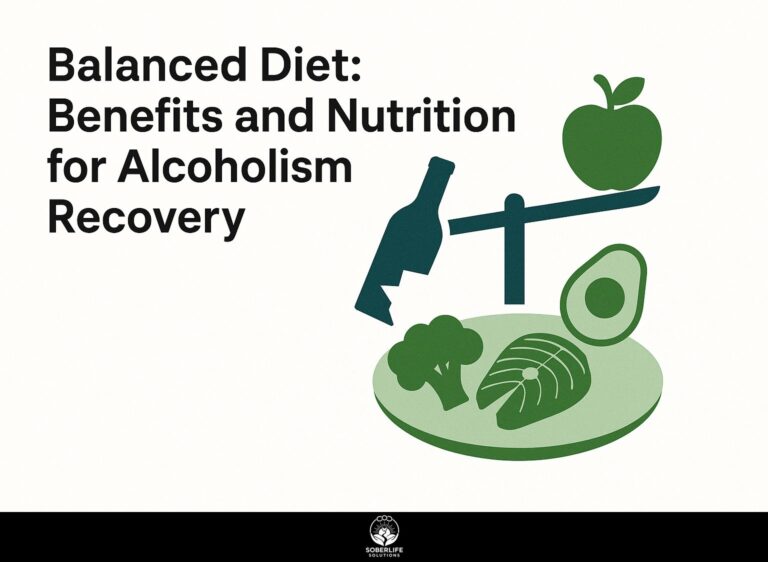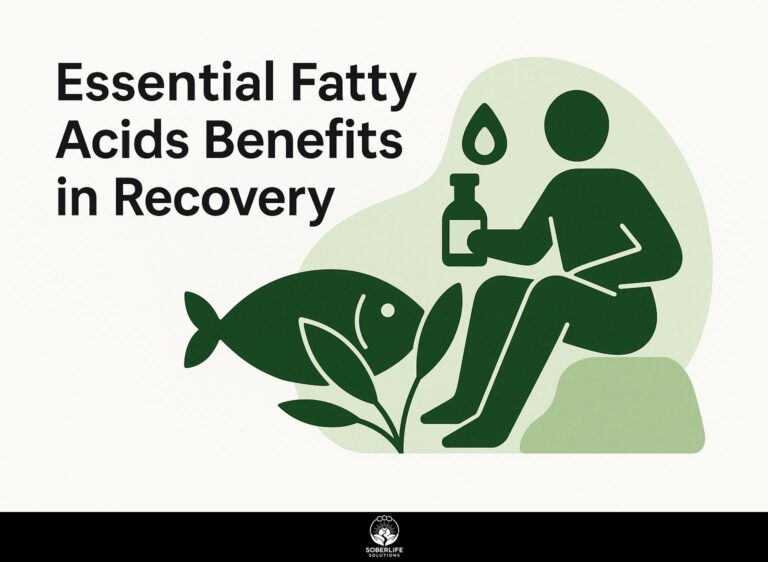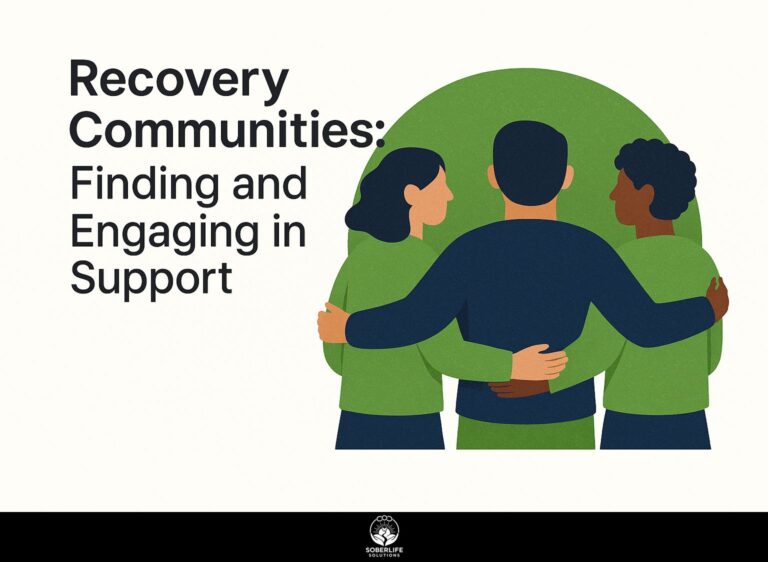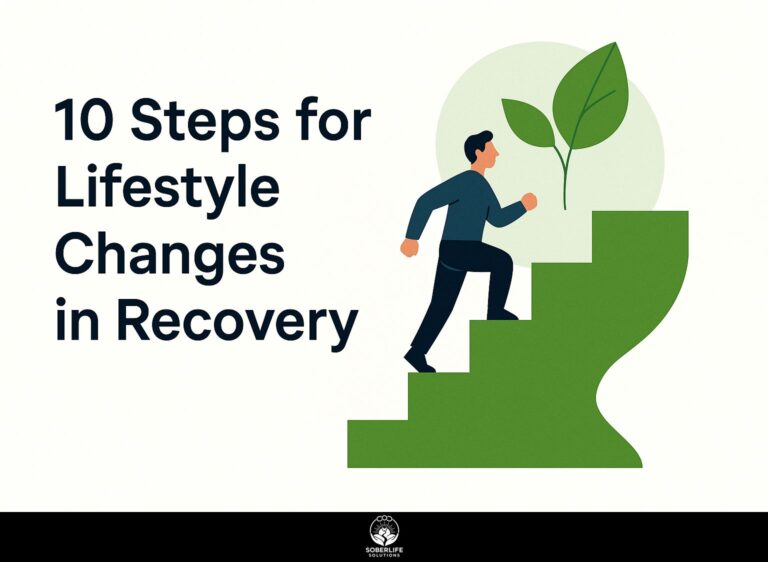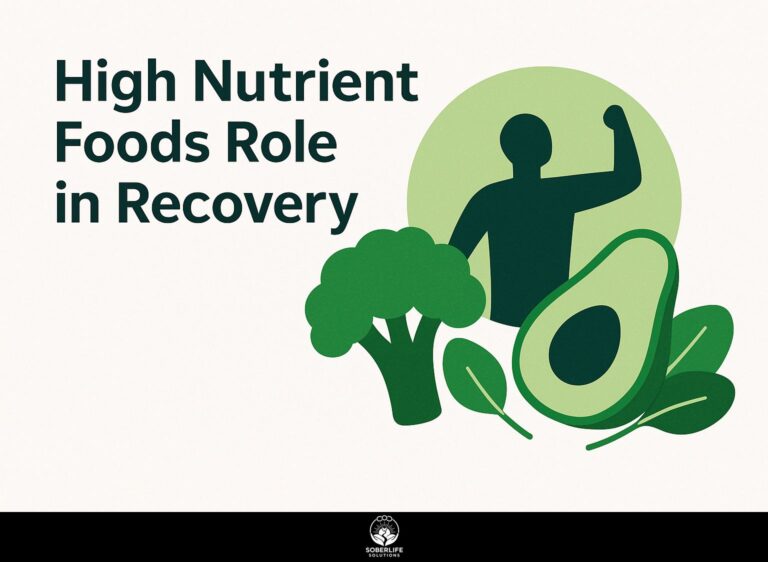Impact of Substance Use on Metabolism
Introduction to Substance Use and Metabolism
error error error
Key Takeaways:
Alcohol
error
Liver Metabolism and Fat Accumulation
Ethanol is metabolized primarily by alcohol dehydrogenase (ADH) converting 1 g of alcohol into 7 kcal, generating NADH that forces the liver to shunt acetyl-CoA into fatty acid synthesis.
This process continues with acetaldehyde dehydrogenase (ALDH) converting toxic acetaldehyde to acetate.
Clinicians should assess resulting liver fat via FibroScan: scores 7 kPa indicate steatosis.
error
import requests response = requests.get('https://api.fda.gov/drug/event.json?search=patient.drug.openfda.substance_name:"ALT"&count=patient.patientage') print(response.json())
Impact on Blood Sugar and Insulin
Acute binge drinking raises fasting glucose by 15-20 mg/dL and suppresses insulin sensitivity by 18 % for up to 24 hours, as shown in a 2021 Diabetes Care trial of 60 participants.
This translates to 1-in-4 binge drinkers exceeding ADA post-prandial glucose targets (>180 mg/dL). Clinics can mitigate this using CGM-linked alerts (e.g., Dexcom or Freestyle Libre systems), which flag alcohol-induced spikes in real-time.
At $150 per patient for monitoring setup versus $1,200 in annual diabetes complication savings, the ROI is clear. Patients save 3-4 weekly fingerstick checks, while providers gain intervention opportunities before hyperglycemia causes harm.
Stimulants (e.g., Cocaine, Amphetamines)
error
Increased Metabolic Rate and Weight Loss
During a cocaine binge, VO max rises by roughly 0.5 L/min, translating to an extra 350 kcal burned per day according to a 2019 Journal of Clinical Pharmacology measurement.
To safely taper energy expenditure while preserving lean mass, implement a 3-day resistance-training cycle weekly, consume 1.2 g protein/kg body weight, and supplement with 30 g BCAAs daily.
A sample 7-day meal plan maintains 45% carbs, 30% protein, 25% fat-like oatmeal with eggs (breakfast), chicken salad (lunch), and salmon with quinoa (dinner).
Use the Harris-Benedict calculator with your age, weight, and activity level to project maintenance calories and adjust intake accordingly.
Appetite Suppression and Nutritional Deficits
Long-term methamphetamine users often present with micronutrient deficiencies: 68 % have low zinc (<70 g/dL) and 54 % are deficient in vitamin C, per a 2022 Nutrients journal cohort of 112 patients.
Clinicians should implement these five concrete actions:
- Prescribe daily multivitamins with 100% RDA zinc and vitamin C,
- Schedule bi-weekly nutrition counseling emphasizing high-protein smoothies,
- Monitor electrolytes weekly during detox phases.
For example, a 28-year-old female restored normal appetite within 90 days using this protocol with targeted zinc/vitamin C supplementation and protein-rich nutritional support.
Opioids
error
Slowed Gastrointestinal Motility
A 2023 retrospective chart review of 1,200 chronic pain patients showed that 73 % experienced opioid-induced constipation (OIC) requiring at least two laxatives.
Effective OIC management requires diligent tracking. Key digital tools include:
| Tool | Price | Key Feature | Data Export |
|---|---|---|---|
| OIC Tracker | Free | Apple Health integration | CSV reports |
| MyGI | $9.99/mo | AI stool analysis | PDF summaries |
| OpenFDA API | Free | Medication alerts | JSON/custom formats |
Use these to monitor patterns and adjust treatments with your healthcare provider.
Endocrine System Disruption
Research from Dr. Emiliana Borrelli’s lab at UC Irvine demonstrated that long-term morphine exposure lowers serum cortisol by 22 % and blunts the circadian rhythm of ACTH release.
This suggests opioid users may need cortisol monitoring and potential interventions.
Clinicians should consider salivary cortisol tests (like ZRT Laboratory’s kits) and timed blood draws to assess diurnal patterns.
error
Cannabis
error
Appetite Stimulation and Weight Gain
Clinical guidelines suggest that patients using medical cannabis for cachexia should consume an extra 250-500 kcal/day, emphasizing 30 % of calories from healthy fats to offset THC-driven sugar cravings.
Implement this by adding 2 tbsp olive oil (240 kcal) to salads or cooked vegetables, and include a daily avocado (320 kcal) in smoothies or on toast.
Use a tracking app like Cronometer (free) to monitor fat intake versus cravings.
For example, a sample meal plan could be:
- breakfast with 3 eggs cooked in 1 tbsp oil (470 kcal, 38 g fat)
- lunch with salmon and olive oil dressing (550 kcal, 40 g fat)
- and a high-fat snack like nuts or full-fat Greek yogurt
Long-Term Health Consequences
A 15-year cohort of 3,800 polysubstance users revealed that combined alcohol-opioid use doubled the incidence of liver cirrhosis (12 % vs. 5 %) and increased HIV progression rates by 1.8-fold.
Researchers used FibroScan to quantify liver stiffness, finding cirrhosis onset averaged 7 years earlier in this group.
Low-income participants showed 40% slower recovery due to limited access to antiviral therapies and nutritional support.
Actionable intervention: implement routine liver screening at substance use clinics and connect patients with sliding-scale hepatology care.
error
Frequently Asked Questions
How does the impact of substance use on metabolism affect my body’s ability to process nutrients?
error Many substances can damage the lining of the stomach and intestines, impair the function of the liver and pancreas, and alter metabolic pathways, leading to malnutrition, vitamin deficiencies, and an inability to maintain a healthy energy balance.
Can the impact of substance use on metabolism lead to weight changes?
Yes, the impact of substance use on metabolism is a major contributor to both weight loss and weight gain, depending on the substance. error Conversely, other substances can slow metabolism, increase cravings for unhealthy foods, and lead to significant weight gain, particularly around the abdomen.
What is the role of the liver in the impact of substance use on metabolism?
error Chronic substance use can overwhelm the liver, leading to conditions like fatty liver disease, hepatitis, or cirrhosis. error
Does the impact of substance use on metabolism continue after stopping use?
The impact of substance use on metabolism can persist for a significant period after cessation. While the body begins to heal, metabolic processes, hormonal balances, and organ function may take months or even years to fully normalize. error
How does the impact of substance use on metabolism influence energy levels?
The impact of substance use on metabolism directly causes dramatic fluctuations in energy levels. Substances can force the body to burn energy reserves at an unsustainable rate, leading to crashes, extreme fatigue, and exhaustion. error
Are certain individuals more susceptible to the negative impact of substance use on metabolism?
Yes, genetic factors, pre-existing metabolic conditions (like diabetes or thyroid disorders), age, gender, and nutritional status can all influence an individual’s susceptibility to the negative impact of substance use on metabolism. error

